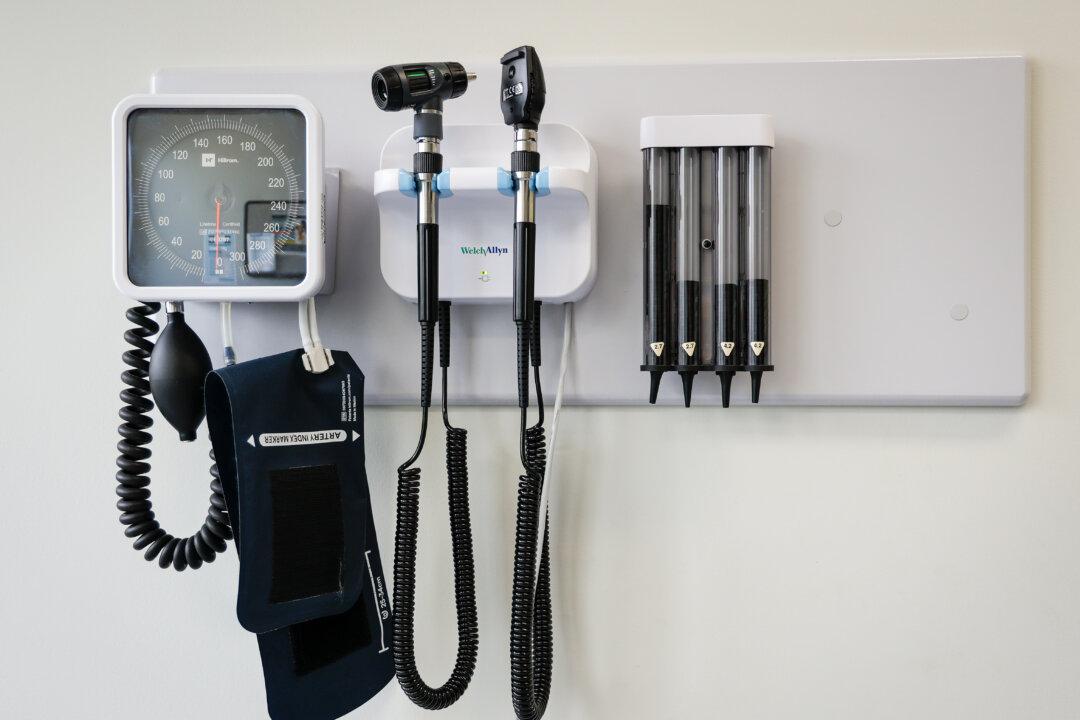A shortage of family doctors and an understaffed health-care system has led to mounting frustration among Canadians, a new survey has found.
Toronto-based OurCare Initiative surveyed nearly 10,000 people across the country to learn about patient experiences and seek feedback on how to best solve Canada’s primary health-care crisis.
Led by Dr. Tara Kiran, a family doctor and scientist with the MAP Centre for Urban Health Solutions at Toronto’s St. Michael’s Hospital, OurCare heard from Canadians through community roundtables, provincial panels and a national survey between September 2022 and December 2023.
“People shared stories that were both heartwarming and heartbreaking,” said Dr. Kiran in a press release. “And despite vastly different life experiences and backgrounds there was so much they agreed on. At its core, they felt strongly that every person deserves access to high quality primary care and that the system should be accountable to patients and the public.”
The report revealed what it described as an “attachment crisis” with an estimated 22 percent of Canadian adults—6.5 million people—without a family doctor or nurse practitioner they can see consistently.
Access to primary care was especially limited in Atlantic Canada with 30.9 percent of people reporting they don’t have a family doctor or nurse practitioner. Quebec was close behind at 30.8 percent.
Meanwhile, 27 percent of British Columbians, 16 percent of those living on the Prairies and 13 percent of Ontarians reported having no family doctor or nurse practitioner.
The survey also found young people are less likely to have a doctor than older adults with 35 percent of Canadians aged 18 to 29 affected.
Complex Solution
The fix for Canadians’ gripes about the primary care crisis may be simple, but it’s not easy to accomplish, the report noted, adding that hiring more doctors and nurse practitioners is key.One way to do that, the report said, is to accelerate the process for hiring qualified foreign doctors. The report calls on governments to accelerate the licensing process for foreign-trained professionals and to recruit more of them to work in primary care.
Mr. Boissonnault said the country’s health-care sector continues to have a high level of job vacancies. A total of 90,000 positions in health occupations were unfilled as of last year.
“Without intervention, thousands more vacancies will appear and thousands more Canadians will not have access to quality health care,” he said at a January press conference.
“The foreign credentials recognition speeds up the accreditation for 6,600 people, and is not only the right thing to do but one of the best ways we can fill labour gaps, strengthen our healthcare system, and grow our economy.”
The OurCare report also suggested expanding team-based primary care to increase access to patients while also reducing physician burnout. Increasing access to virtual care, particularly for those in rural areas, and making medical records easily accessible to patients online were also on the suggestion list.
The report urges Ottawa and the provinces to adopt the group’s ‘OurCare Standard’ recommendations to offer a shot in the arm to an ailing system. The standard, which is based on suggestions and feedback from the public, is key to giving Canadians “the care they deserve.”
“People in Canada are clear about the primary care they want,” the authors wrote. “Now it’s up to us to make it happen.”







